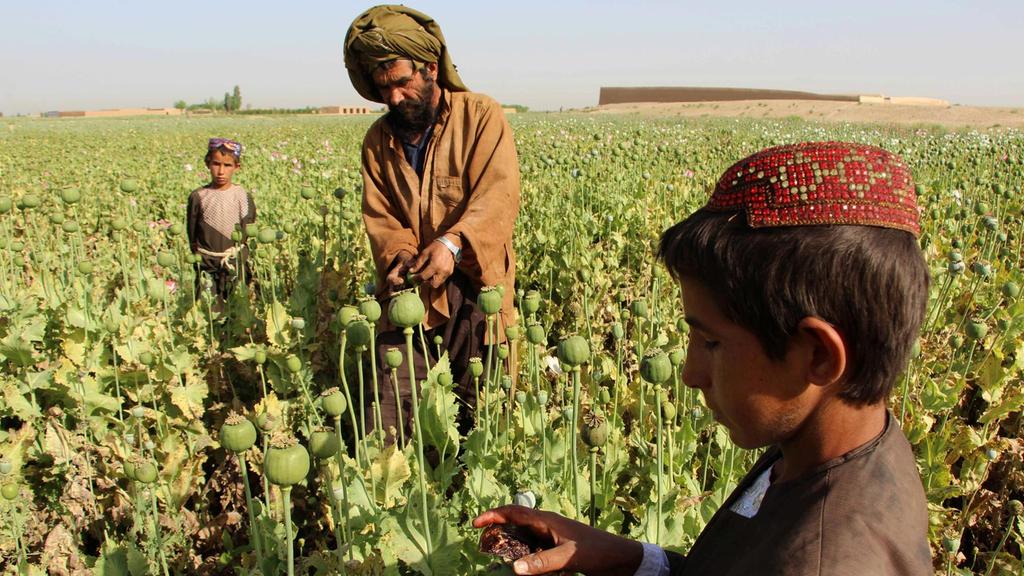Rozi Qul, a farmer from north Afghanistan’s Kunduz province, has a lot on his mind these days. His yields from this year’s harvest has been bountiful, but Mr Qul is worried about the renewed interest in his crops from the Afghan government and the Nato forces in Kabul, and their attempts to destroy it. Mr Qul is an opium farmer.
“I have been growing opium since 2010, for almost seven years now,” he told The National. “I don’t care if it’s illegal; the government doesn’t feed me, but opium production provides for my family.”
Opium is used to produce heroin, one of the most harmful narcotics, and Mr Qul is one of thousands of farmers in Afghanistan who have switched to opium cultivation in the last decade. This year the country produced the highest amount of opium since 1994, according to the United Nations Office on Drugs and Crime.
While Afghanistan has been the world’s largest opium-producing nation for decades, the UN agency reportedthat a staggering 328,000 hectares of land was under opium production this year, 127,000 hectares more than last year. A total of 9,000 tonnes of opium was produced, an 87 per cent increase on 2016.
The main reason for this unprecedented increase is economic. “If I were to grow wheat instead, one sear [seven kilograms] of wheat will only fetch me Afs150 [Dh8 or approximately US$2.50]. On the other hand, one kilogram of opium can sell for Afs15,000 to 16,000,” Mr Qul said.
Read full story on The National UAE
